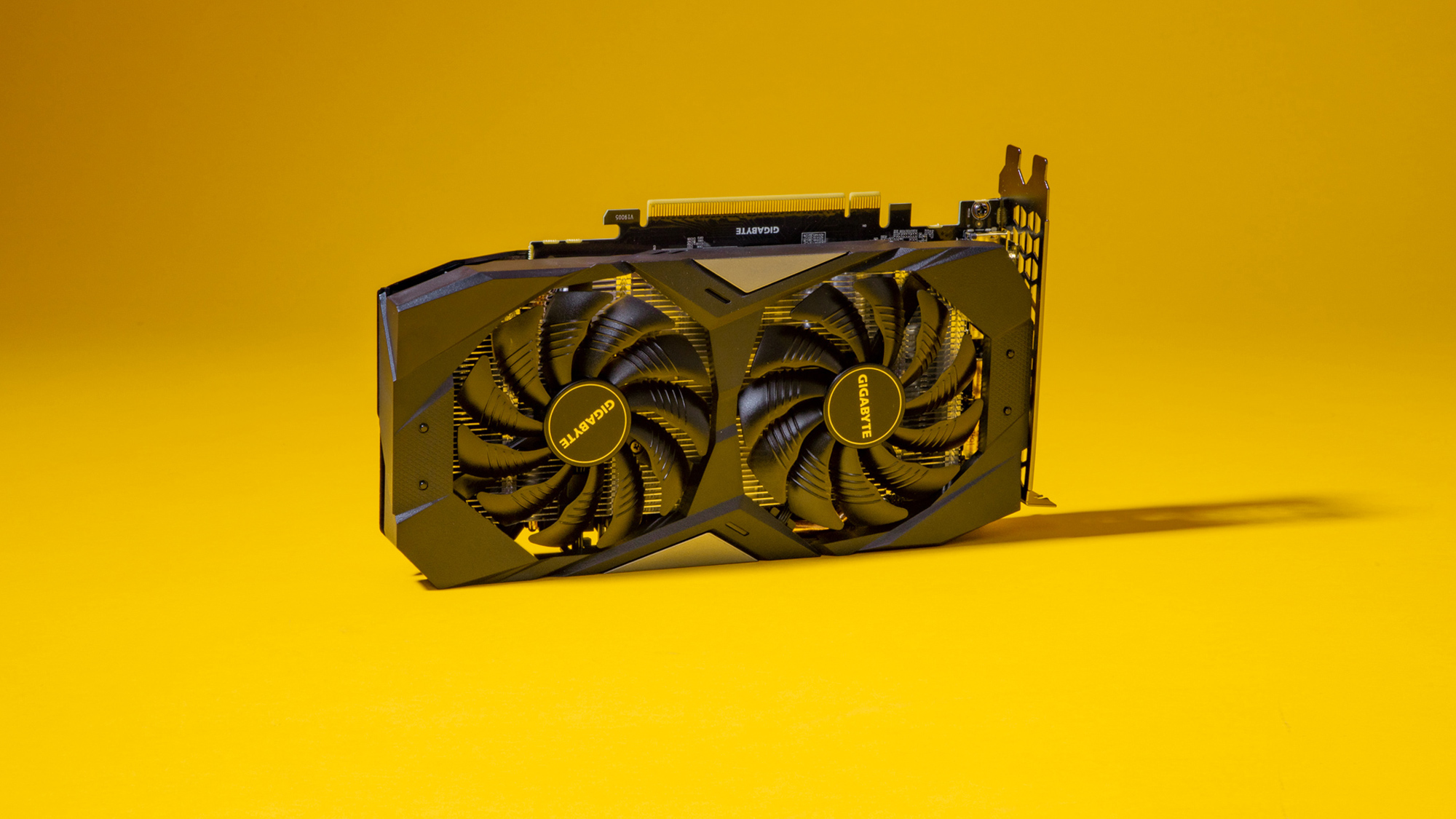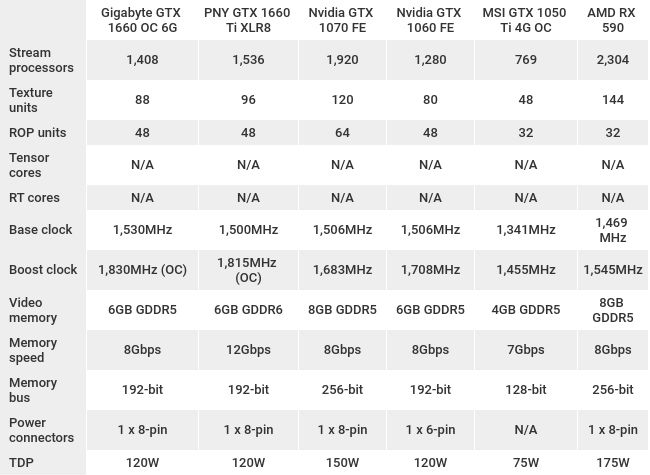TechRadar Verdict
The Gigabyte GeForce GTX 1660 OC 6G might not feature RT or Tensor cores, or even GDDR6 video memory, but it delivers excellent gaming performance and streaming capabilities for its entry-level price.
Pros
- +
Excellent 1080p gaming performance
- +
Affordably priced
- +
NVENC greatly improves streaming
Cons
- -
QHD and UHD gaming can vary wildly
Why you can trust TechRadar
For the longest time the PC gaming world was experiencing a drought of new graphics cards, and now it seems we’re amid the great flood. Nvidia introduced the GeForce GTX 1660 Ti just a few weeks ago, and now GeForce GTX 1660 cards are coming out of the woodwork.
The Gigabyte GeForce GTX 1660 OC 6G is a standout version of this GPU, as it features a decent 45MHz factory overclock and enhanced cooling, and all for the low price of $219 / £219 / AU$389. This is a fantastic graphics card for Full HD gaming, especially in the competitive space, or if you’re just starting a streaming channel.
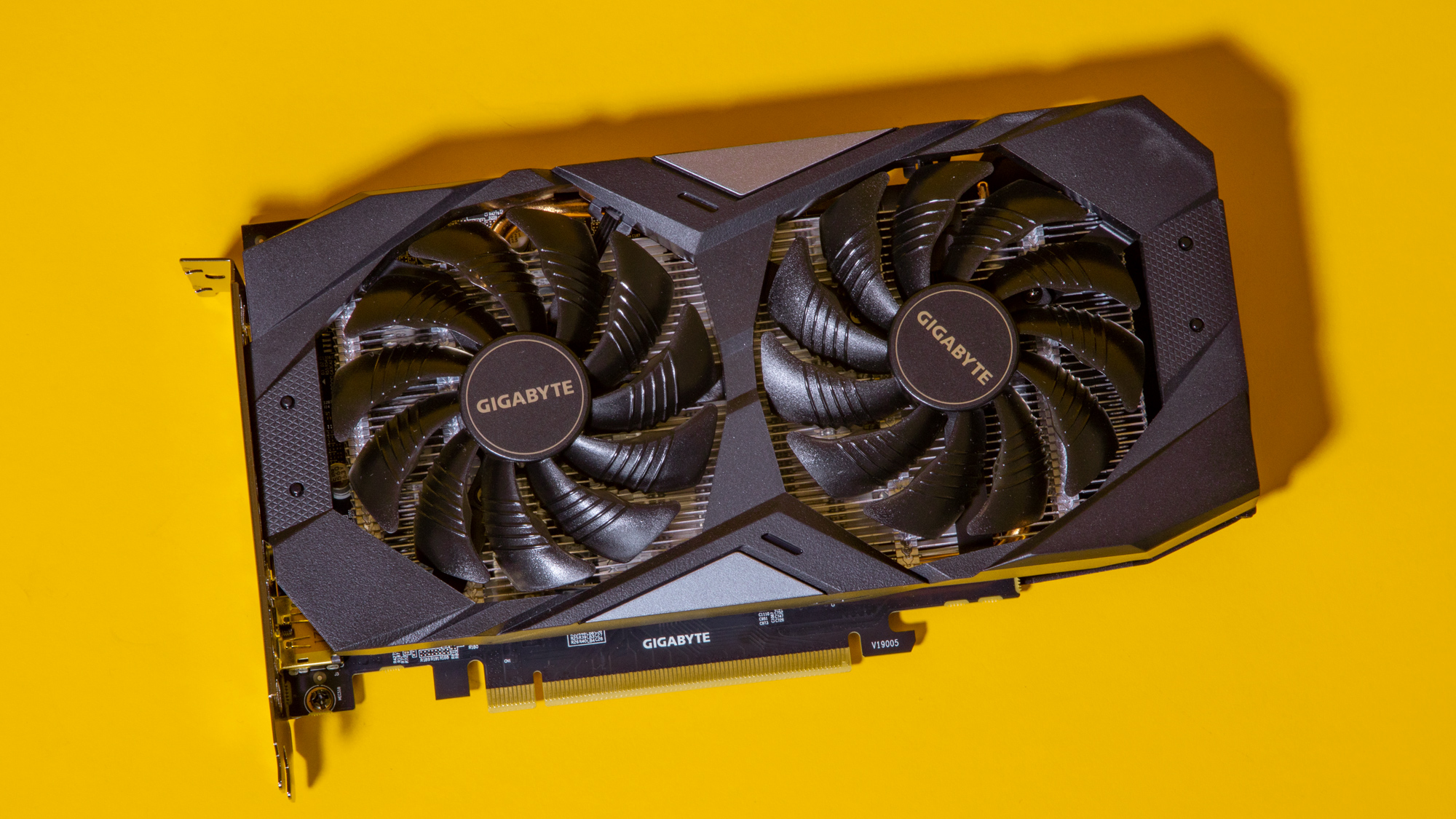
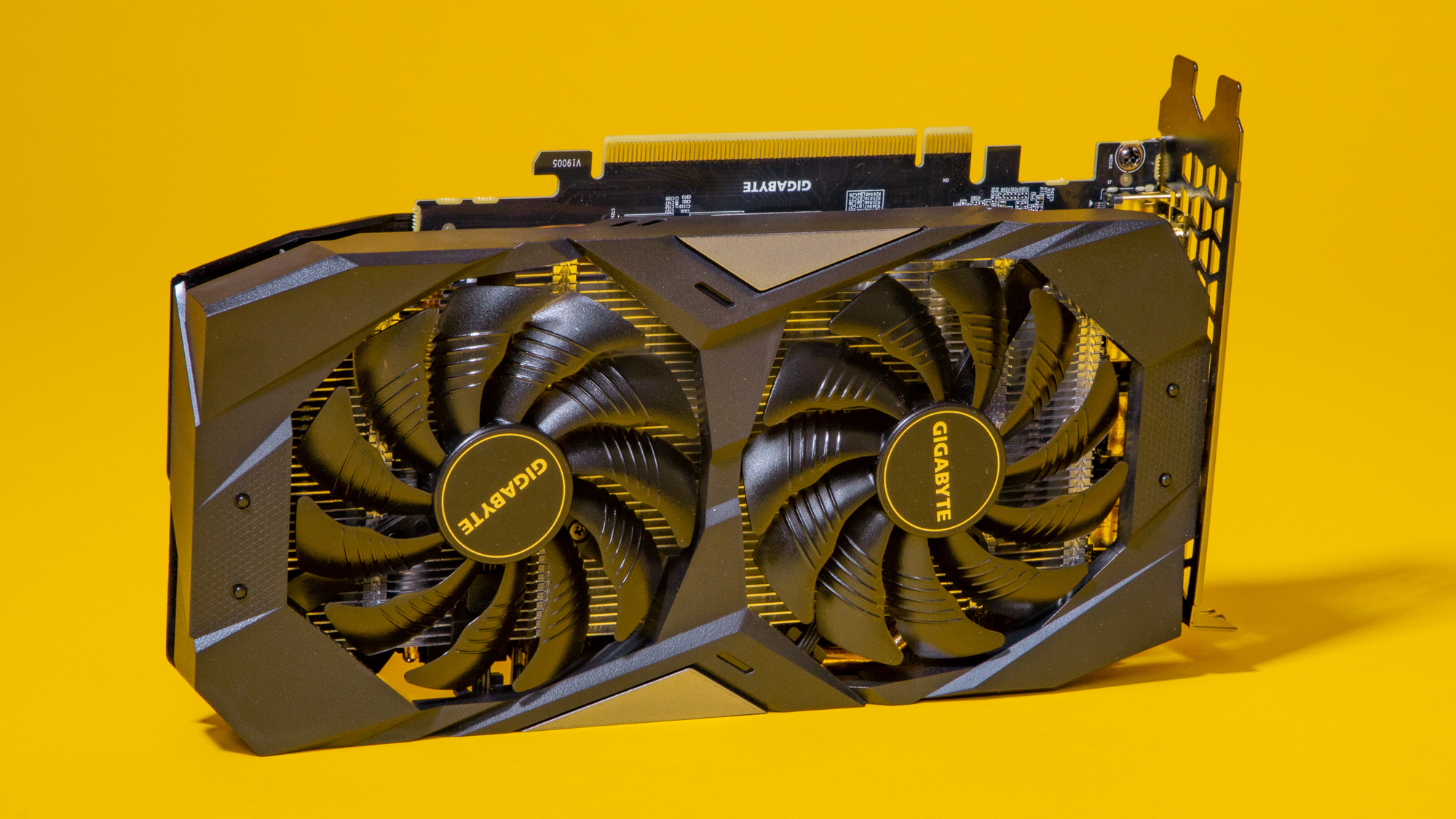
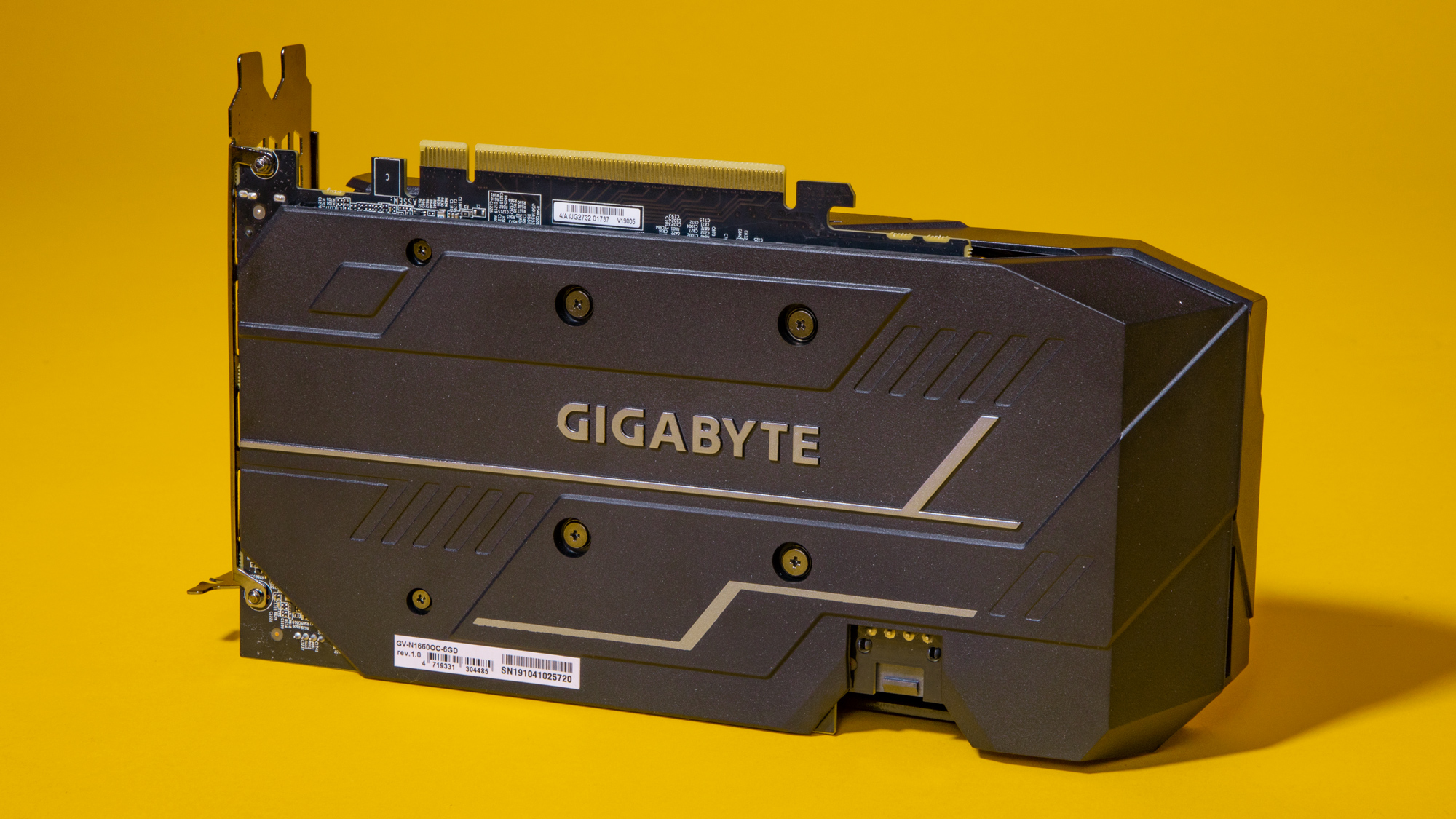
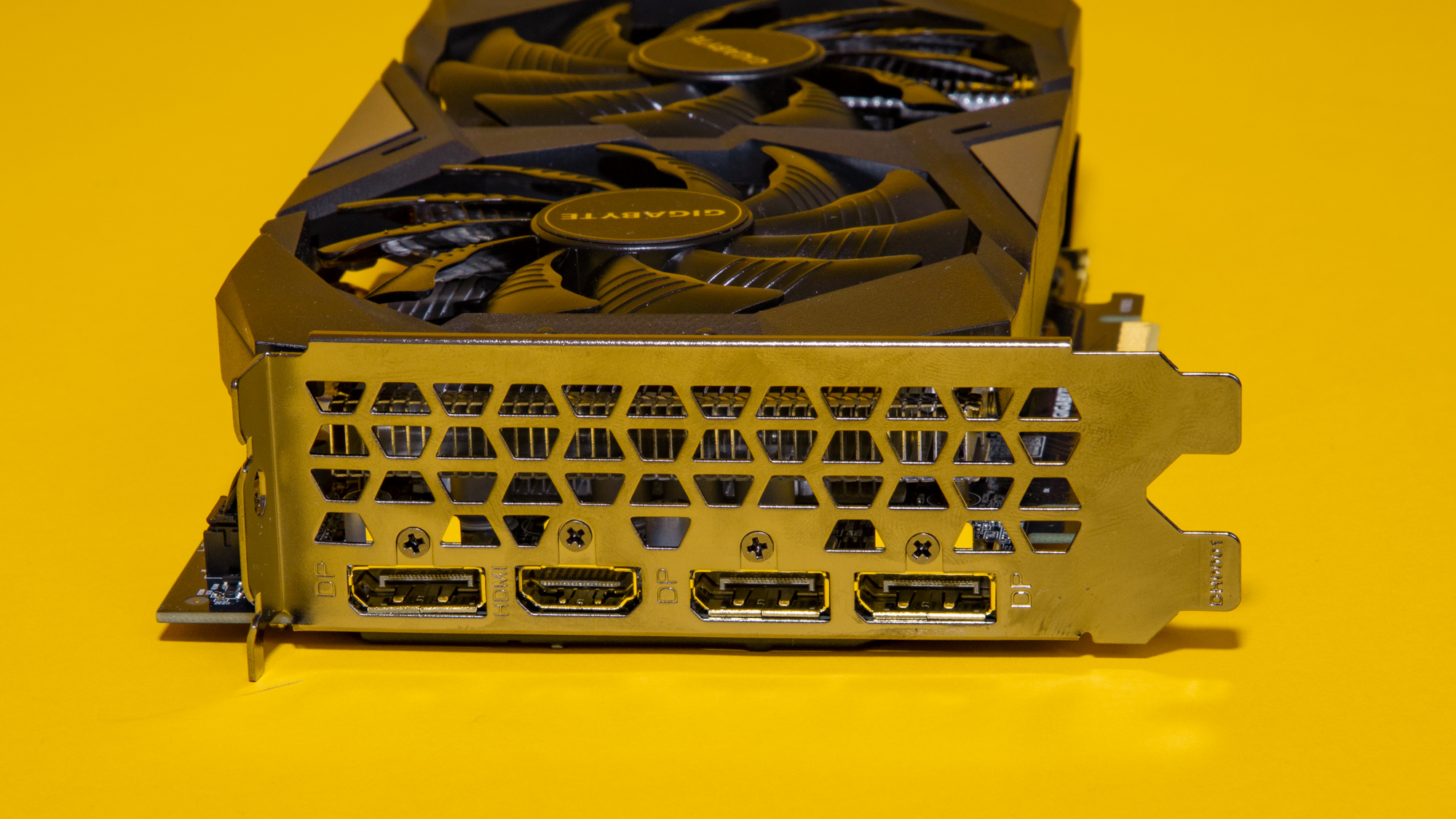
Price and availability
The Gigabyte GeForce GTX 1660 OC 6G rings up for $219 / £219 / AU$389, which makes it the lowest-priced Turing-based graphics card you can buy right now. We were already impressed by the value that GTX 1660 Ti cards brought to mid-range gamers at $279 / £259 / AU$469, but this card lowers the barrier of entry into PC gaming even further.
What’s more impressive is that this new graphics card is so much more affordable than the $299 / £249 / AU$499 Nvidia GeForce GTX 1060 it’s replacing. The Gigabyte GeForce GTX 1660 OC 6G also heavily undercuts the AMD Radeon RX 590, which has typically retailed for $279 / £249 / AU$425.
Specifications and features
Technically, the GeForce GTX 1660 is still part of the Nvidia Turing family, but it lacks many of the features found on its siblings. Among the things you won’t find on this GPU compared to other Turing cards (RTX or GTX), are ray-tracing cores, Tensor cores and even GDDR6 class memory.
That’s right – all you get is the same GDDR5 memory operating at 8Gbps speeds, as found on the original GeForce GTX 1060.
Having said all that, this graphics card still features a TU116 GPU fitted with Turing-based shaders. Although the GeForce GTX 1660 features a lower number of CUDA cores – and don’t forget about the slower memory – than its GTX 1660 Ti sibling, it gains higher base and boost clock speeds to make up for its deficiencies.
Sign up for breaking news, reviews, opinion, top tech deals, and more.
The Gigabyte model we’re testing here also adds a little extra special sauce with a 1,830MHz factory overclock, which makes it a noticeable few ticks faster than the GPU’s reference 1,785MHz boost clock. Additionally, this model comes with dual Windforce 2X fans and a beefier heatsink, which you typically wouldn't expect to find on an entry-level priced graphics card.
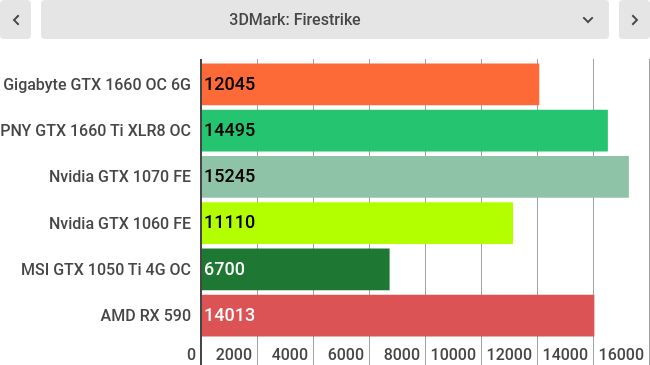
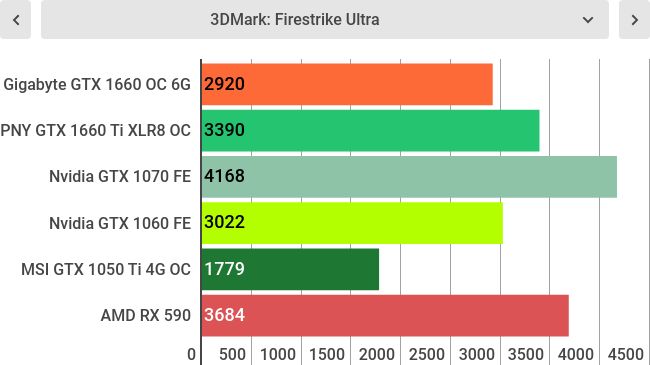
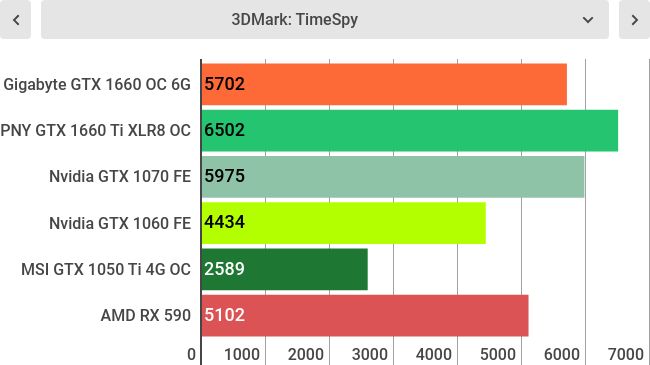
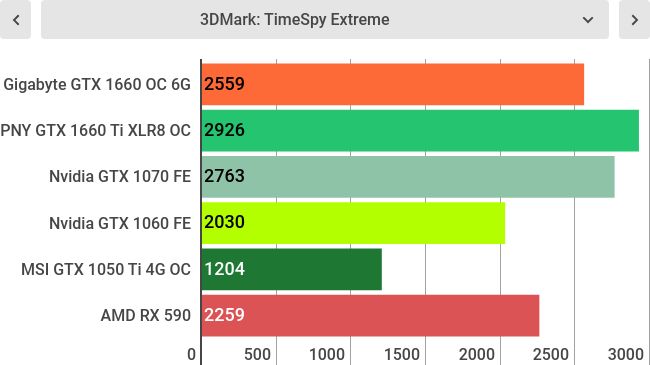
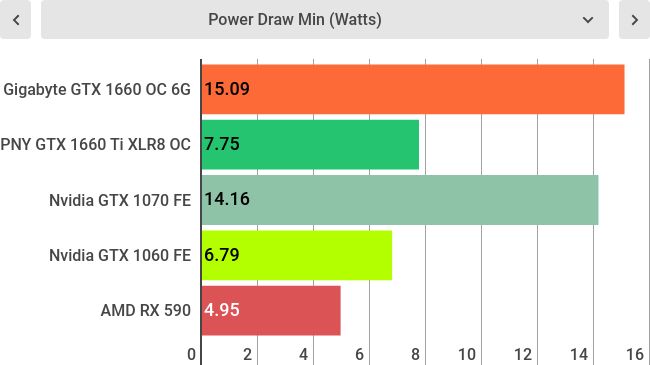
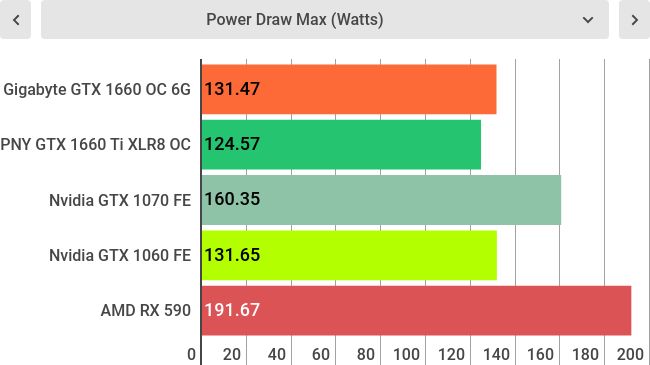
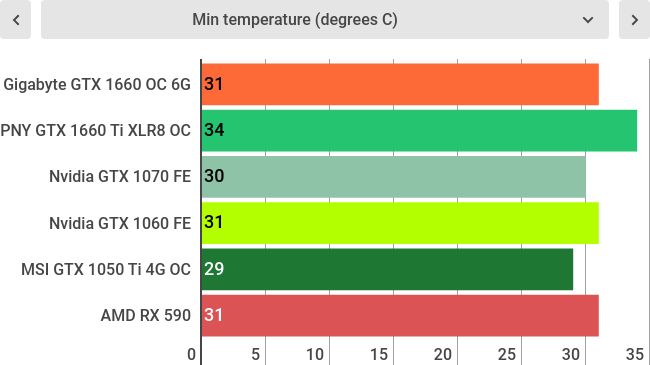
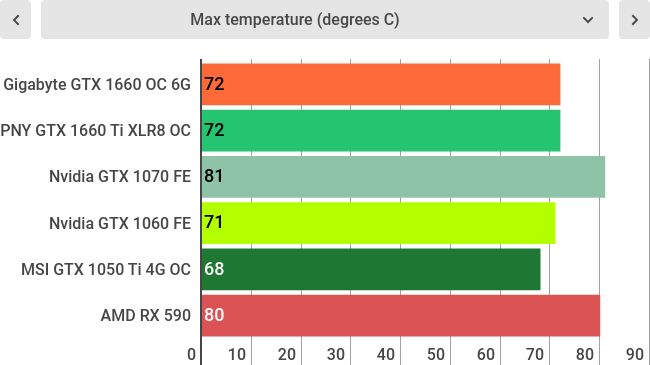
CPU: 3.7Ghz Intel Core i7-8700K (hexa-core, 12MB cache, up to 4.7GHz)
RAM: 32GB Vengeance LED DDR4 (3,200MHz)
Motherboard: Asus ROG Strix Z390-E Gaming
Power Supply: Corsair RM850x
Storage: 512GB Samsung 960 Pro M.2 SSD (NVMe PCIe 3.0 x4)
Cooling: Thermaltake Floe Riing 360 TT Premium Edition
Case: Corsair Crystal Series 570X RGB
Operating system: Windows 10
Performance
Despite the GeForce GTX 1660 looking like it’s just a GTX 1060 with a new coat of paint, this card offers some astounding leaps in performance. That said, the GTX 1660 doesn’t outpace the GTX 1070 in the same way the GTX 1660 Ti has.
More importantly, the Nvidia GTX 1660 absolutely demolishes the AMD Radeon RX 590, a GPU that currently costs significantly more.
Outside of benchmarks, the GTX 1660 can handle modern games, and even at QHD (1440p) resolutions. Hitman 2 played at 60 to 70 frames per second (fps) without protest – and if you’re only playing at Full HD (1080p), you can expect an even smoother 90 to 100fps experience.
4K gaming (3840 x 2160) is possible with the Nvidia GTX 1660, although in our experience Hitman 2 would often drop below 30fps, resulting in unpleasantly clunky gameplay.
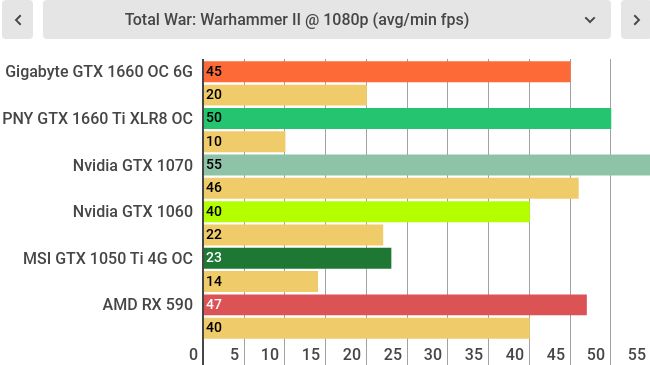
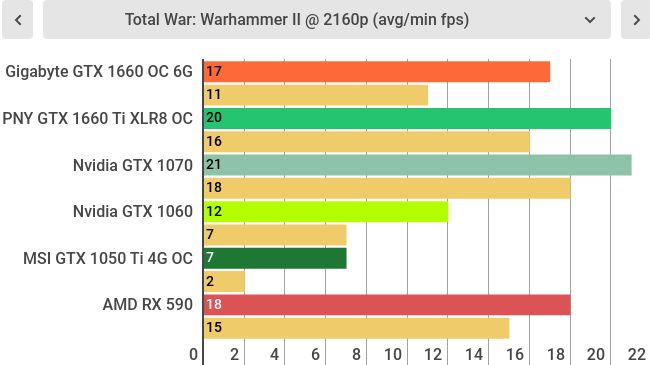
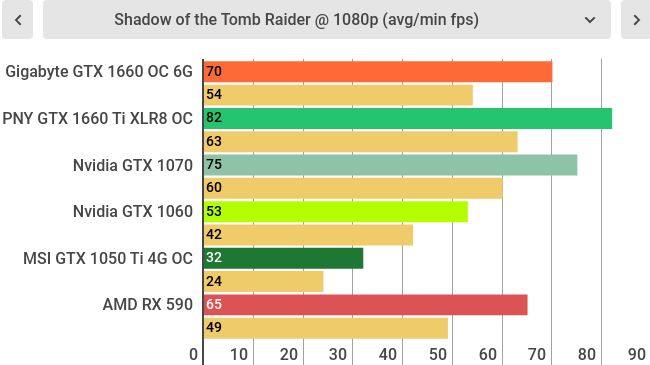
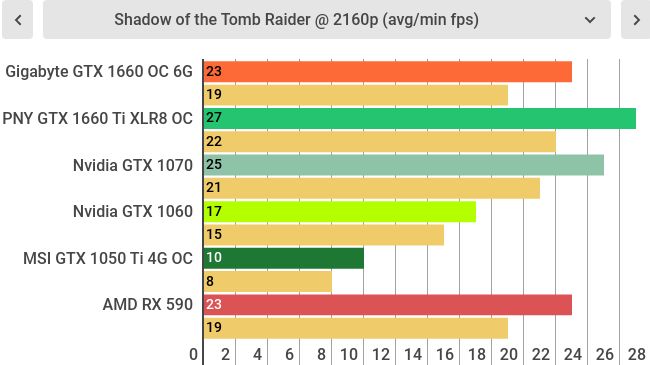
Our test bench equipped with the GTX 1660 ran into a little more difficulty with running Anthem at 1440p and 2160p, so we saw frame rates fall to as low as 30 and 20fps respectively. However, when we stuck to a 1080p resolution we saw Anthem run at a much more consistent 50fps.
All in all, we would say the GeForce GTX 1660 is a graphics card primarily designed for Full HD experiences; however, you can push it to play games at 2K, and, rarely, 4K, resolution depending on how graphically demanding they are.
Putting games and benchmarking aside, the GTX 1660 also represents the cheapest way to take advantage of Nvidia’s new NVENC encoder for streaming. Between bit-rate savings of 25% for HEVC and 15% for H.264, this is one graphics card we would recommend to new gamers who also want to dabble in livestreaming.
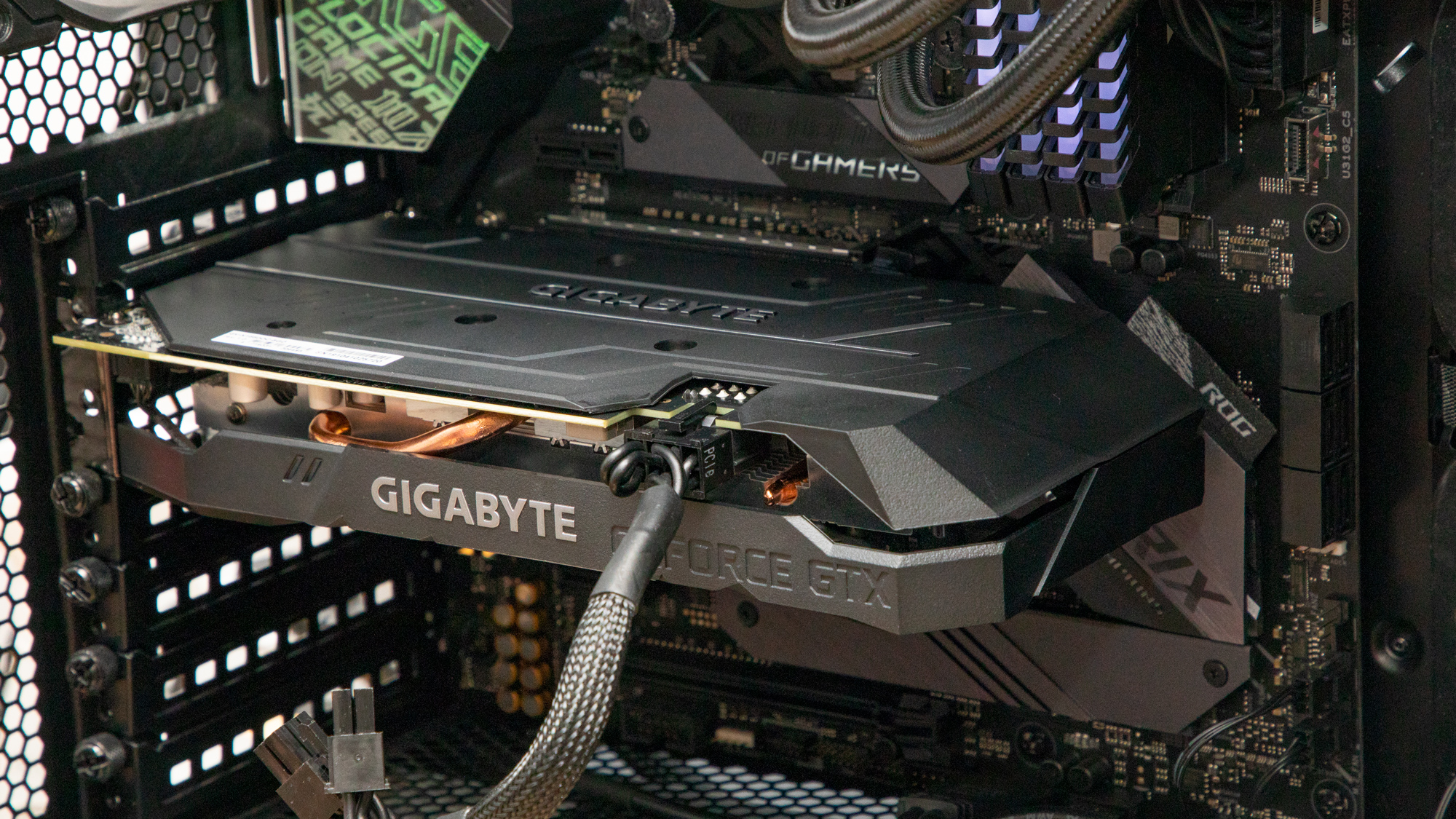
Final verdict
When we first started reviewing the Gigabyte GeForce GTX 1660 OC 6G, we weren’t really expecting much. Not only was it basically a cut-down GeForce GTX 1660 Ti, it didn’t even feature faster memory than that found in the GeForce GTX 1060 it’s meant to replace – which meant we were even more impressed once we saw the benchmark numbers.
Not only is the GTX 1660 a remarkably better graphics card, it’s also much more affordable than its predecessor, and the low cost puts it in easy reach for many gamers, especially newcomers.
Although it doesn’t feature any of the fancy new features Nvidia has promised with Turing, the new shaders and underlying TU116 GPU in this card give it all the oomph it needs to deliver noticeably better performance – not to mention improved streaming.
Up until now we've still been recommending the last-generation Nvidia GTX 1060 or GTX 1050 Ti to aspiring PC gamers, but the GeForce GTX 1660 has taken the crown as the absolute best entry-level graphics card you can buy right now.
Image credits: TechRadar

Kevin Lee was a former computing reporter at TechRadar. Kevin is now the SEO Updates Editor at IGN based in New York. He handles all of the best of tech buying guides while also dipping his hand in the entertainment and games evergreen content. Kevin has over eight years of experience in the tech and games publications with previous bylines at Polygon, PC World, and more. Outside of work, Kevin is major movie buff of cult and bad films. He also regularly plays flight & space sim and racing games. IRL he's a fan of archery, axe throwing, and board games.
